Last summer my wife and I went on a 10 day adventure to Peru and to most of our family, we might as well have been plunging ourselves into the depths of hell.
After returning, I overheard my wife having a conversation with various family members about our trip. It was amazing to hear the disbelief in their voice over all the things we’d experienced. We also came back completely unscathed and free from harm.
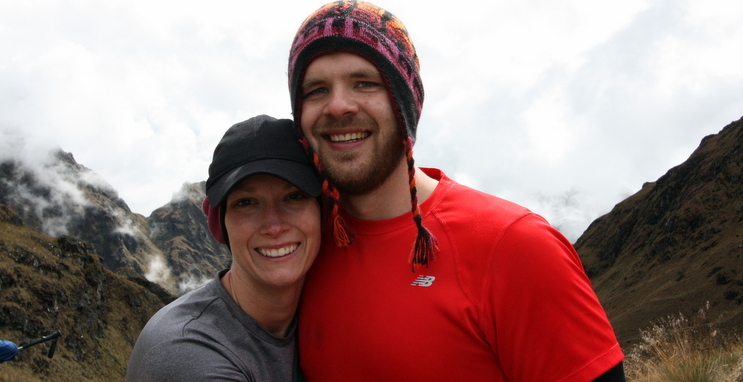
On the Inca Trail!
What I tried to accomplish in Peru
Most people seem to have only visited the developing world by either attending a church mission group or more commonly, on a cruise or flight directly to a resort. Few have really ventured off the beaten path in the third world.
I’ve been fortunate enough to spend a bit of time with an NGO in rural Guatemala and experienced how life in the third world works. I’ve seen how the poorest of the poor live and got a glimpse of what it feels like to not be a member of the developed world. Even homes in American slums typically have clean running water, toilets that flush, a roof with an insulated attic overhead and heating/air conditioning.
While in Peru, I coerced my wife to stay in a rented apartment in the residential neighborhood of Cuzco. Every day we had to walk through that neighborhood. It was nerve wracking at times, especially after dark when even I felt scared to be out on the streets. But I wanted to show her something more than just the tourist shops surrounding the central plaza. I wanted to give her a small glimpse of how people in the developing world really live. How they butcher their meat and sell their produce on the side of the street, how they commute, how they socialize, and how they go about their daily business.
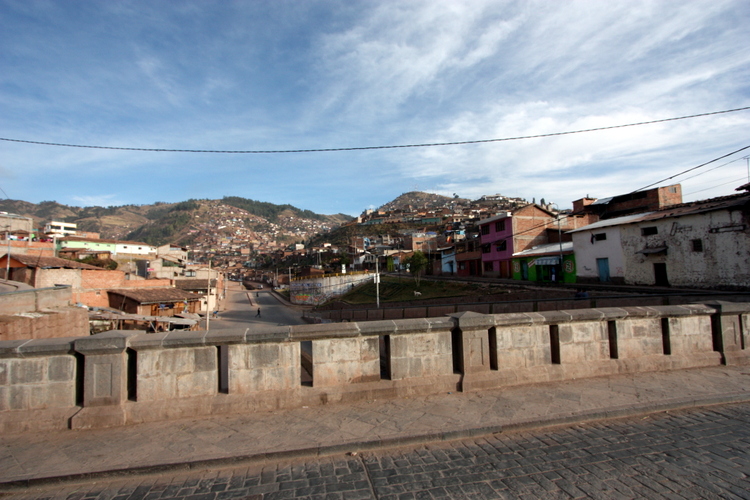
Residential Cusco
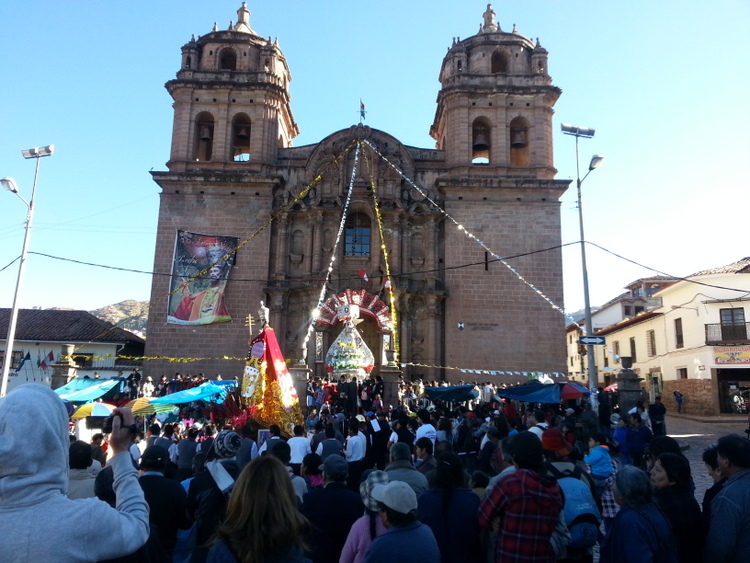
A religious celebration we stumbled upon near the San Pedro Market.
I also wanted to show her what the typical home for a Peruvian is like. Our apartment had thin walls, no heating or air conditioning, and a shower that sprayed luke-warm water at best. Luckily, the apartment had indoor toilets that flushed and a working washing machine. When I was in Guatemala, not a single family I stayed with or encountered had working indoor plumbing. They typically relied on “pilas,” outdoor sinks where you would fill up buckets of water to either force flush your toilet, heat your bathwater over a wood burning stove or use for cleaning and cooking. The Peruvian apartment also had steady electricity. In Guatemala, the electricity seemed to come and go at random.
Visiting Residential Markets
If you’ve seen one Latin American tourist market, you’ve seen them all. At first they seem novel with all their inexpensive woven tapestries, bracelets, headbands, t-shirts and knockoff goods. But the real treasure are the residential markets where the locals shop.
I find little more enjoyable than submersing myself in these authentic, foreign atmospheres. While blending in is about impossible for a six foot tall white dude with more hair on his face than most Latinos have on their entire body, I do my best to try.
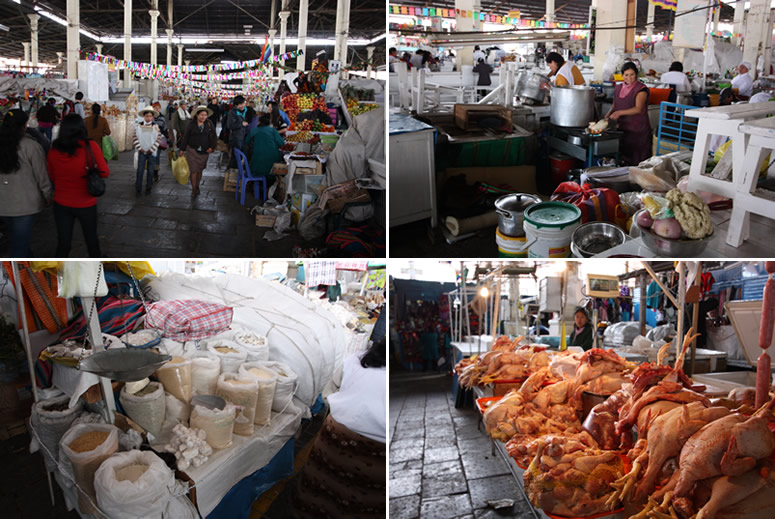
San Pedro Market, Cusco
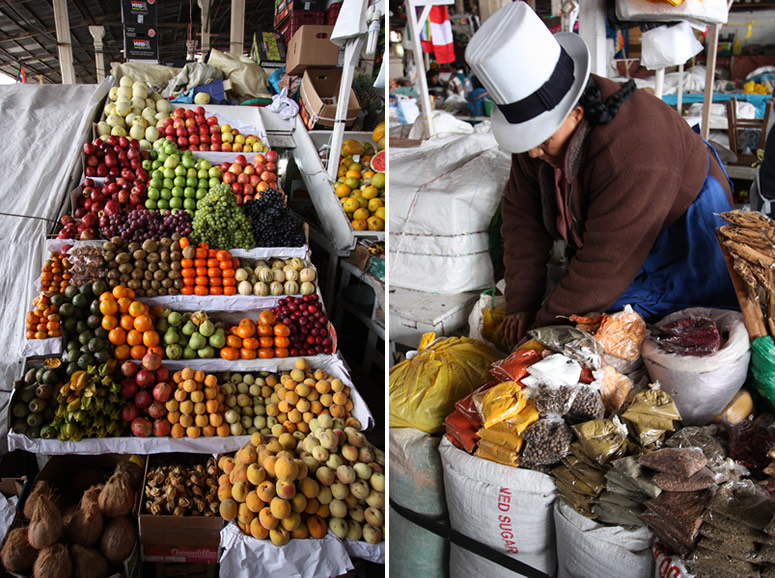
Peruvian Produce and a Lady Selling Spices
Photographing Locals
I’ve found most Latin Americans to be very shy about being photographed, but doing so without permission is both rude and possibly dangerous in some situations. Some people are very flattered when I walk up and bashfully ask, “Puedo tomar su photo por favor?” and they become even more flattered when I follow up with, “Oh, muchas gracias, es para me niños!”
Some people might actually snarl at you or even demand a few pesos, quetzales, soles, or whatever the local currency may be, in exchange for their picture. To them I like to reply, “Cinco Soles… Dios mio! Una Sole!”
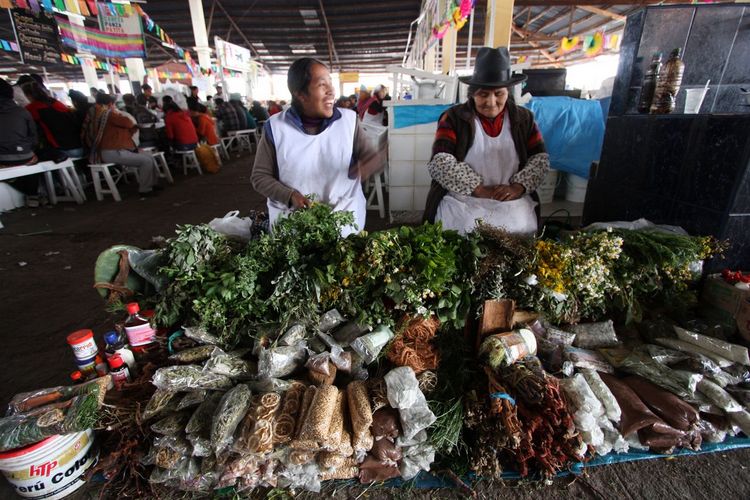
These ladies agreed to a picture but started giggling once I started shooting. It ended up making for a great candid photo.
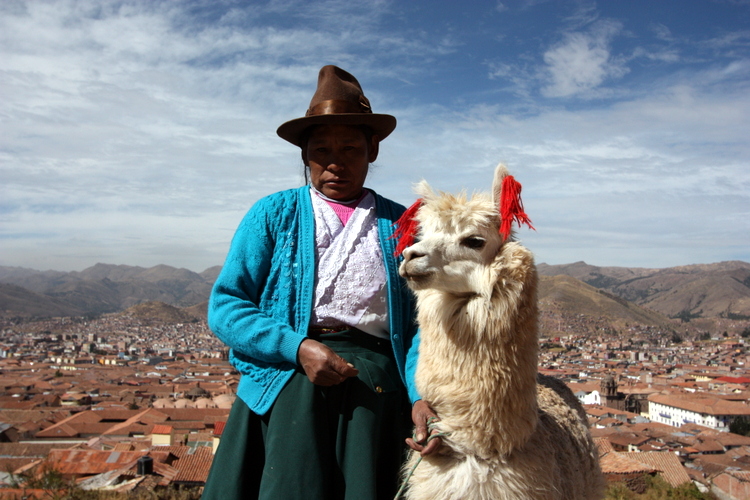
This lady demanded 10 soles for her photo. Posing for tourists photos is probably her only source of income.
Letting my Poor Wife off the Hook
After making my wife suffer on the outskirts of town a few days, taking cold showers, freezing all night long, walking down uninviting, dingy streets and even getting caught up in a political rally at one point, I decided it was time to move us to JW Marriott and let her (and I) enjoy our vacation a bit. I still wouldn’t trade the rough part of the trip for anything though. Those were the best parts, the real parts, the ones that make a permanent indenture on your mind and soul.
When people ask my wife about our trip, the hard parts are the parts that come to the forefront of the conversation. The challenging moments are the ones that stick.
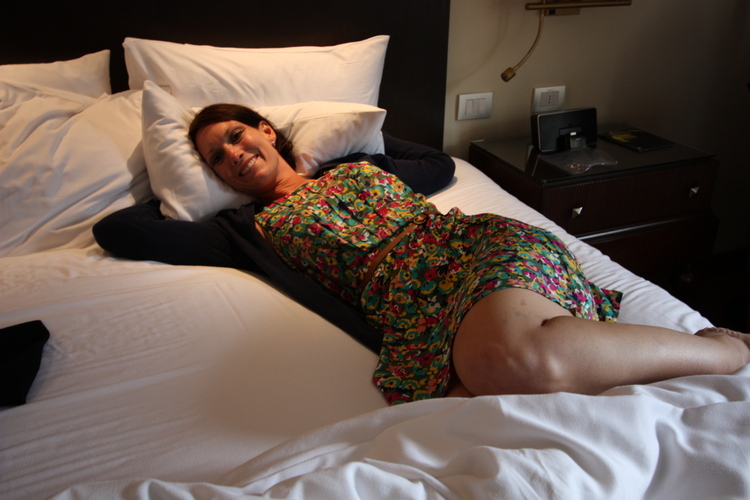
Relaxing at the JW Marriott in Cusco